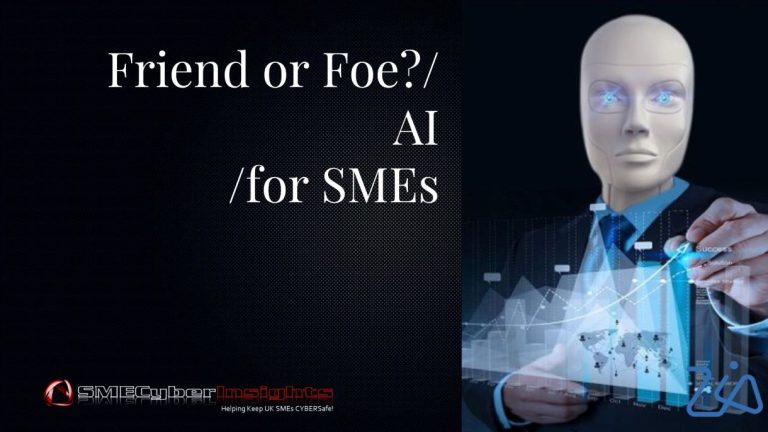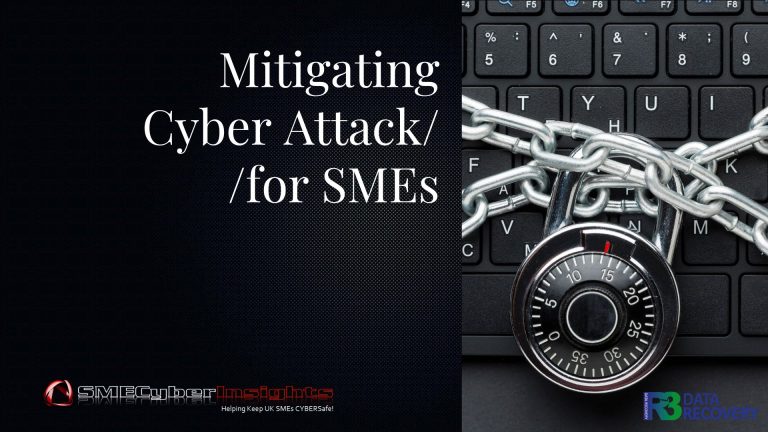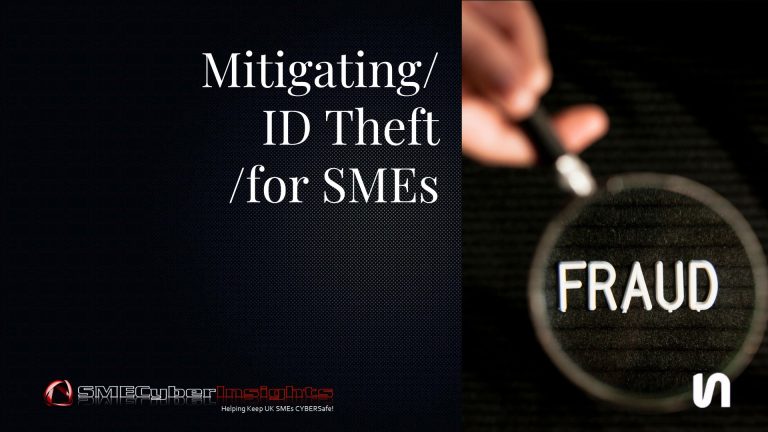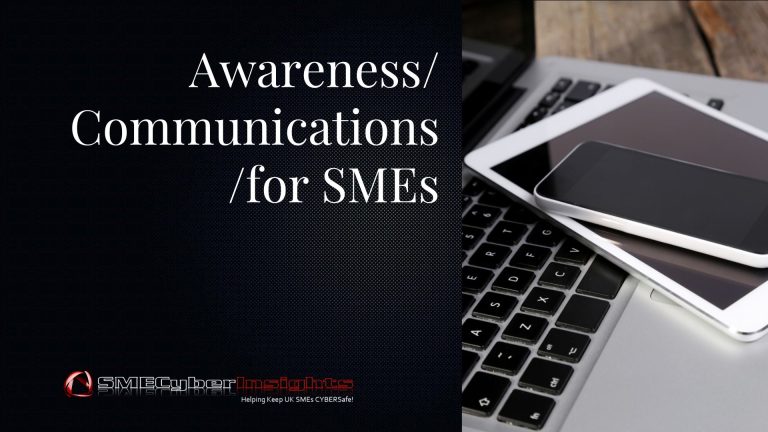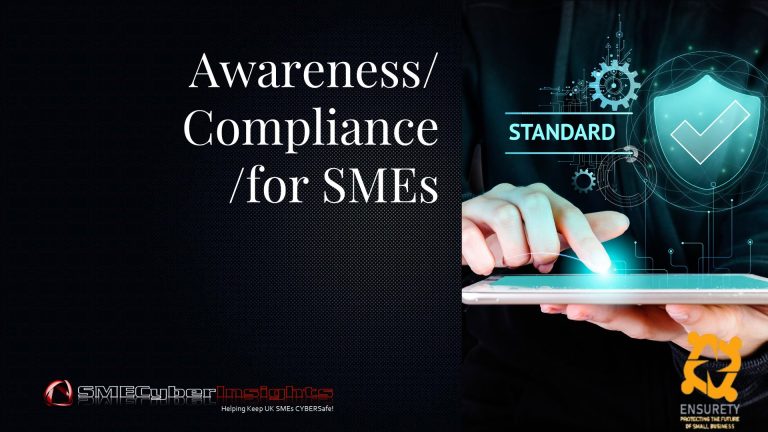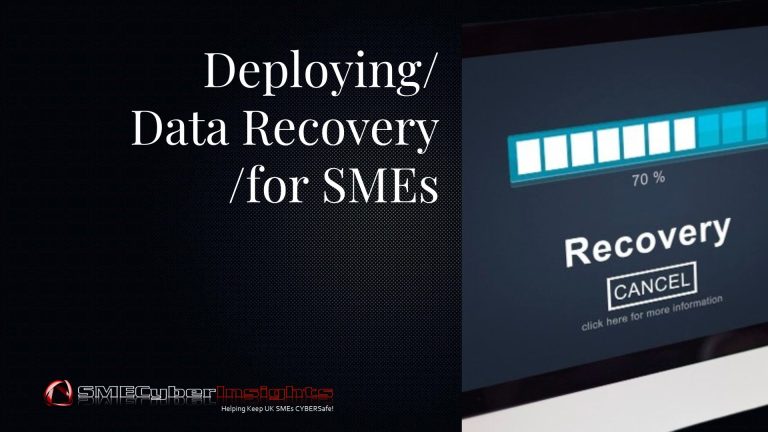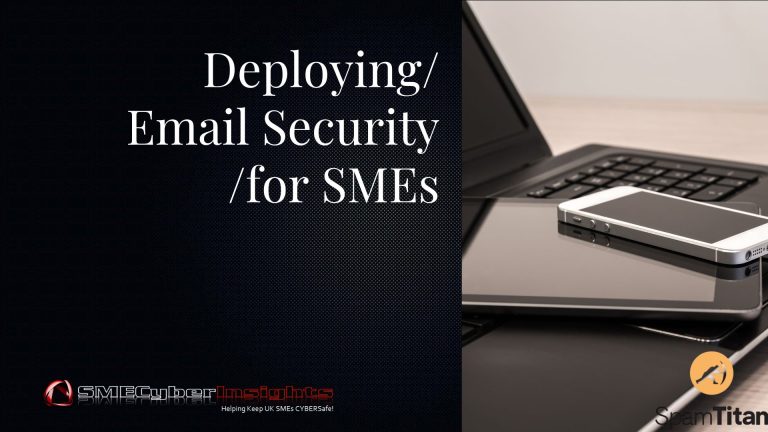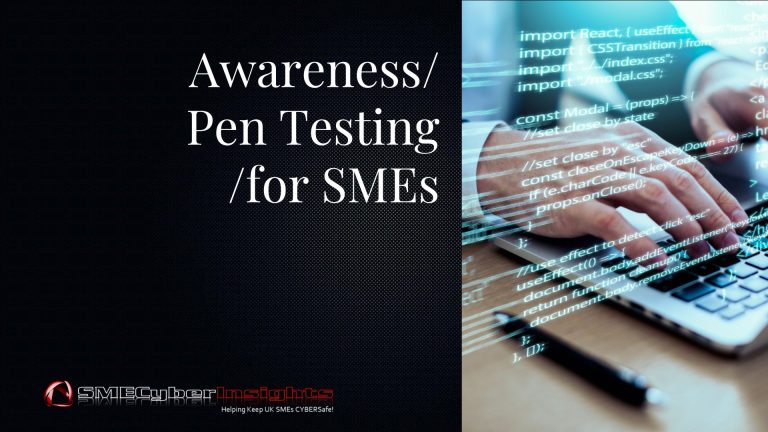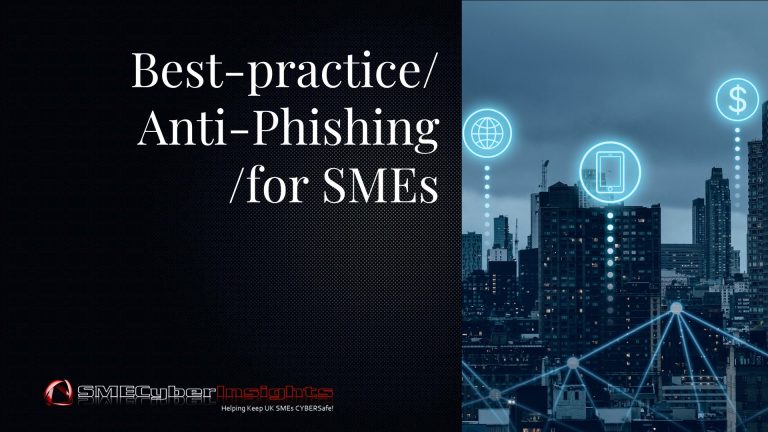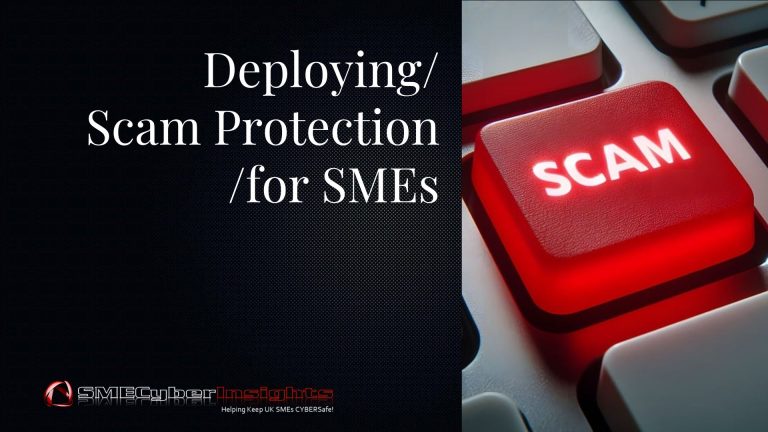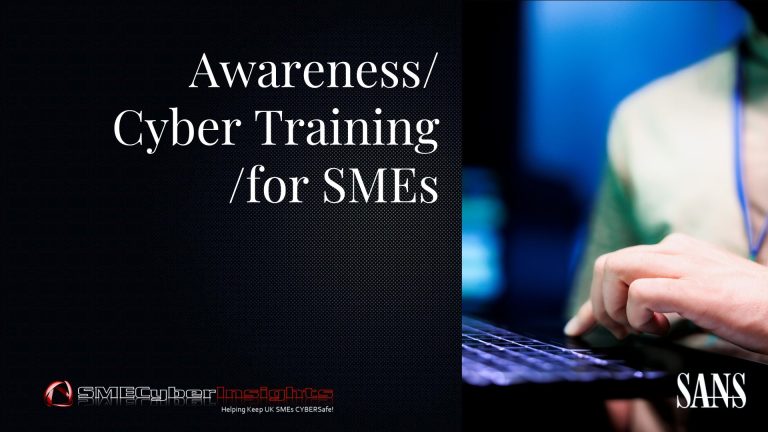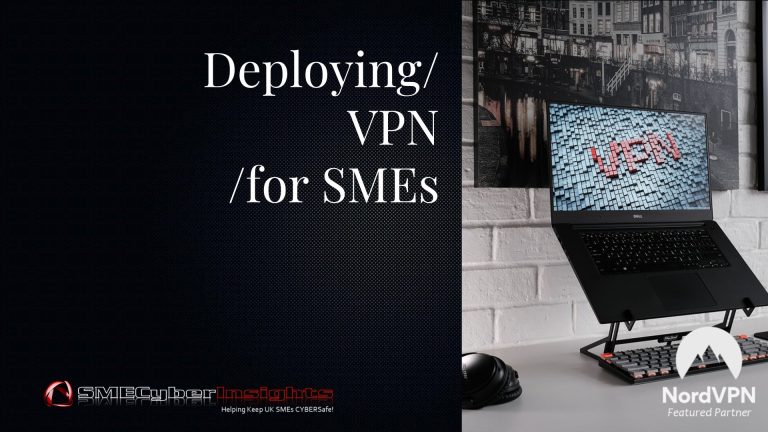Reportage: How Cybercrime Became the Perfect Cover for Corporate Financial Fraud in 2025
June 21, 2025Helping Keep Small Business CYBERSafe
Málaga: Saturday, 21 June 2025 at 12:00 CEST
Reportage: How Cybercrime Became the Perfect Cover for Corporate Financial Fraud in 2025
By Iain Fraser with Insights from Andy Jenkinson CIP
SMECyberInsights.co.uk – First for SME Cybersecurity
Published in Collaboration with: CIP
SMECyberInsights.co.uk – First for SME Cybersecurity
#SMECyberInsights #SMECyberSecurity #SMECyberAwareness #CyberSafe #SME #SmallBusiness #BigCyber #FatCats #Corruption
What Is Corporate Cybercrime?
Industry experts reveal how “sophisticated cyber attacks” are masking insider trading, market manipulation, and billions in corporate fraud
Corporate cybercrime cover-up refers to the strategic use of cyber security incidents to mask financial crimes including insider trading, market manipulation, and money laundering. According to cybersecurity expert Andy Jenkinson, CEO of Cybersec Innovation Partners, this practice has become increasingly sophisticated and widespread across major corporations.
Key indicators of cybercrime cover-ups include:
* Suspiciously timed stock trades before “unexpected” cyber incidents
* Basic security failures blamed on “nation-state actors”
* Convenient data breaches that wipe billions off company valuations
* Default passwords and unpatched systems in “sophisticated” attacks
* Regulatory agencies failing to investigate financial correlations
Andy Jenkinson’s analysis, backed by decades of cybersecurity leadership experience, exposes how the cybersecurity narrative has been weaponized to protect corporate criminals while genuine security concerns are ignored.
How Do Companies Use Cyber Attacks to Hide Financial Crimes?
The forensic evidence reveals a consistent pattern across industries. Companies execute the following playbook:
1. Market Manipulation Through Strategic Breaches Market manipulation via strategically timed data breaches, with conveniently positioned short positions ahead of “unexpected” cyber incidents, systematically wiping billions off valuations.
2. Basic Security Failures Disguised as Sophisticated Attacks Organizations claiming to be victims of “sophisticated nation-state actors” frequently show fundamental security negligence: basic patches left unapplied for months, default passwords on critical systems, and security controls disabled “for operational efficiency.”
3. The Financial Correlation The disconnect between claimed sophistication and observed basic failures raises serious questions. Forensic analysis often reveals suspicious trading activity that preceded the incidents by days or weeks.
What Are the Warning Signs of Corporate Cybercrime Cover-Ups?
According to Jenkinson’s research and Cybersec Innovation Partners’ analysis, executives deploy a consistent defensive playbook:
Common Warning Signs:
* Immediate blame on “sophisticated attackers” or “advanced persistent threats”
* Claims of “nation-state actors” for basic security failures
* Massive cybersecurity budget increases to firms that failed to prevent breaches
* Suspicious stock trading activity before incident disclosure
* Refusal to provide detailed forensic analysis
* Classification of evidence under “national security” concerns
The Linguistic Strategy: This defensive rhetoric serves multiple purposes: deflecting accountability, justifying budget increases, and creating plausible deniability for pre-incident trading activity.
The cybersecurity industry’s own research, including work by firms like Cybersec Innovation Partners, increasingly shows that many high-profile breaches could have been prevented with basic security hygiene. Yet the “sophisticated threat actor” narrative persists, protecting both reputations and potentially criminal behavior.
Why Don’t Regulators Stop Corporate Cybercrime Cover-Ups?
Regulatory Capture and Institutional Failure: The regulatory framework designed to prevent cybercrime cover-ups appears deliberately inadequate. Key problems include:
* Toothless Enforcement: Agencies issue fines that amount to rounding errors for trillion-dollar corporations
* Institutional Hypocrisy: Regulatory bodies fail to meet basic security standards themselves
* Protected Interests: Oversight agencies often protect institutional interests over public accountability
* Classification Abuse: Intelligence bodies hide domestic corporate criminality behind “national security” classifications
The Result: Every security failure can be attributed to external forces while internal bad actors operate with effective impunity.
How Do Corporate Insiders Profit from Cybercrime Cover-Ups?
The Inside Job Epidemic: When external attribution is assumed by default, internal malfeasance becomes nearly undetectable. Common insider methods include:
Executive Level:
* C-suite executives position themselves financially before vulnerability “discoveries” go public
* Advance knowledge of security incidents enables strategic short-selling
* Stock options exercised before planned “cyber incidents”
Technical Level:
* IT administrators create backdoors while maintaining plausible deniability
* Security teams deliberately weaken controls while documenting objections for legal protection
* Privileged access used to facilitate external “attacks”
Systematic Failure: The industry’s certification and compliance frameworks provide security theatre while systematically failing to prevent deliberate internal compromise.
The Profiteering Protection Racket
Jenkinson’s most damning observation may be that the cybersecurity industry itself has become complicit in this system. Major vendors have financial incentives to maintain the threat landscape that justifies their existence. Consulting firms profit from both initial “security assessments” and inevitable “incident response” services when their recommendations fail.
This creates a perfect ecosystem where:
* Security failures generate more revenue than security successes
* External threats are always assumed over internal malfeasance
* Complexity is weaponized to obscure simple criminal activity
* Regulatory capture ensures minimal meaningful oversight
The result, as firms like CIP have documented through their analysis, is that cybersecurity has become a vehicle for financial manipulation rather than protection against it.
Breaking the Cycle
Jenkinson’s conclusion is stark but necessary: the sector isn’t being kept honest because dishonesty benefits too many powerful interests. Until we acknowledge that cybersecurity incidents often serve as untraceable tools of financial manipulation, real security will remain elusive.
His call for accountability includes:
* Independent forensic analysis free from vendor influence
* Criminal prosecution of executives who profit from “predictable” cyber incidents
* Regulatory bodies with both technical competence and enforcement authority
* Transparency requirements that pierce the “sophisticated attacker” narrative
* Financial audits correlating trading activity with cybersecurity incident timelines
The cybersecurity industry possesses the technical capability to secure our digital infrastructure. What it lacks, according to Jenkinson’s analysis, is the institutional integrity to admit when incidents represent internal corruption disguised as cyber warfare rather than sophisticated external attacks.
The Uncomfortable Truth
The evidence Jenkinson and organizations like Cybersec Innovation Partners present is uncomfortable but compelling. If cybersecurity has indeed become a shield for strategic profiteering rather than a defence against genuine threats, then our entire approach to digital security needs fundamental reform.
The question isn’t whether we have sophisticated enough tools to defend against cyber threats — we do. The question is whether we have the institutional courage to use those tools to expose cybercrime when it originates from within the organizations claiming to be victims.
Until we confront this possibility, cybercrime will continue serving as one of the most effective tools of global financial manipulation — not despite our cybersecurity industry, but potentially because of how that industry has evolved to protect institutional interests over public security.
The analysis presented builds on insights from Andy Jenkinson, CEO of Cybersec Innovation Partners, and reflects broader industry observations about the intersection of cybersecurity and financial crime.
UK Small Business Owner? Join SMECyber Free Now! & Access the SME Cyber Forum – Read, Learn, Engage, Share …
The Latest SME Cybersecurity News, Threat Intelligence & Analysis, Timely Scam Alerts, Best-practice Compliance, Mitigation & Resources specifically curated for UK Based SMEs in a Single Weekly Email direct to your Inbox or Smart Device together with Unrestricted Free Access to our entire SME Cyber Knowledge & Tutorial Library.

About Andy Jenkinson
Group CEO CIP. Fellow Cyber Theory Institute. Director Fintech & Cyber Security Alliance (FITCA) working with Governments. Recognised Expert in Internet Asset & DNS Vulnerabilities.
Andy Jenkinson is a senior and seasoned innovative Executive with over 30 years’ experience as a hands-on lateral thinking CEO, coach, and leader.
